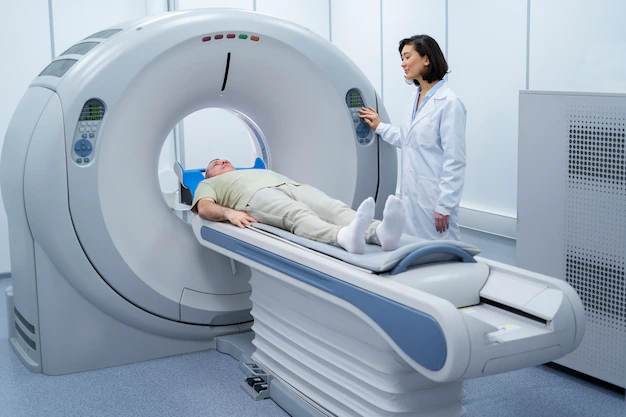Radiation Therapy to Treat Prostate Cancer

Radiation therapy is a common treatment option for prostate cancer. The goal of radiation therapy is to kill cancer cells by using high-energy X-rays or other types of radiation. There are two main types of radiation therapy for prostate cancer: external beam radiation therapy and brachytherapy.
External beam radiation therapy involves directing high-energy radiation beams from a machine outside the body towards the prostate. The machine used for this treatment is called a linear accelerator. This treatment is usually given on an outpatient basis over the course of several weeks.
Brachytherapy, also known as internal radiation therapy, involves placing tiny radioactive seeds directly into the prostate. The seeds emit radiation that kills cancer cells over time. This treatment is typically done in one session and may require an overnight hospital stay.
Radiation therapy can have side effects, including fatigue, skin irritation, and bowel and urinary problems. However, these side effects are usually temporary and can be managed with medication or other treatments.
Radiation therapy may be used as the primary treatment for early-stage prostate cancer, as well as in combination with other treatments, such as hormone therapy, for more advanced cases. The choice of treatment depends on the stage and aggressiveness of the cancer, as well as the patient’s overall health and personal preferences.
